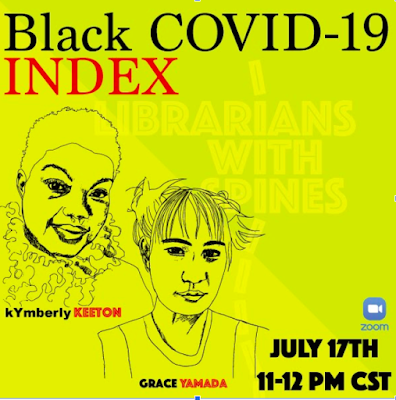What does Antiracism Mean?

Image source: Millenial Grind [Please note--this is not an extensive, comprehensive definition--it is my working definition.] I'm sure you have probably heard the term antiracist recently. It is a current trend for organizations and businesses to use the term antiracist in their Diversity, Equity and Inclusion documentation and activities. But what does the term Antiracist really mean? Not being racist is NOT antiracism. In fact, nobody in the americas can escape being racist in some way. Being antiracist is actively working toward creating a society that does not view individuals as representations of their entire people. Being antiracist is being actively engaged in bringing about this change in your organization. We must root out the idea that certain groups of people are superior, by their nature, and force structural change in our workplaces, organizations and society. A way of thinking. Here is what Ibram X. Kendi says about it in his boo...







